Words Pete Maio, Photos Chris Penree
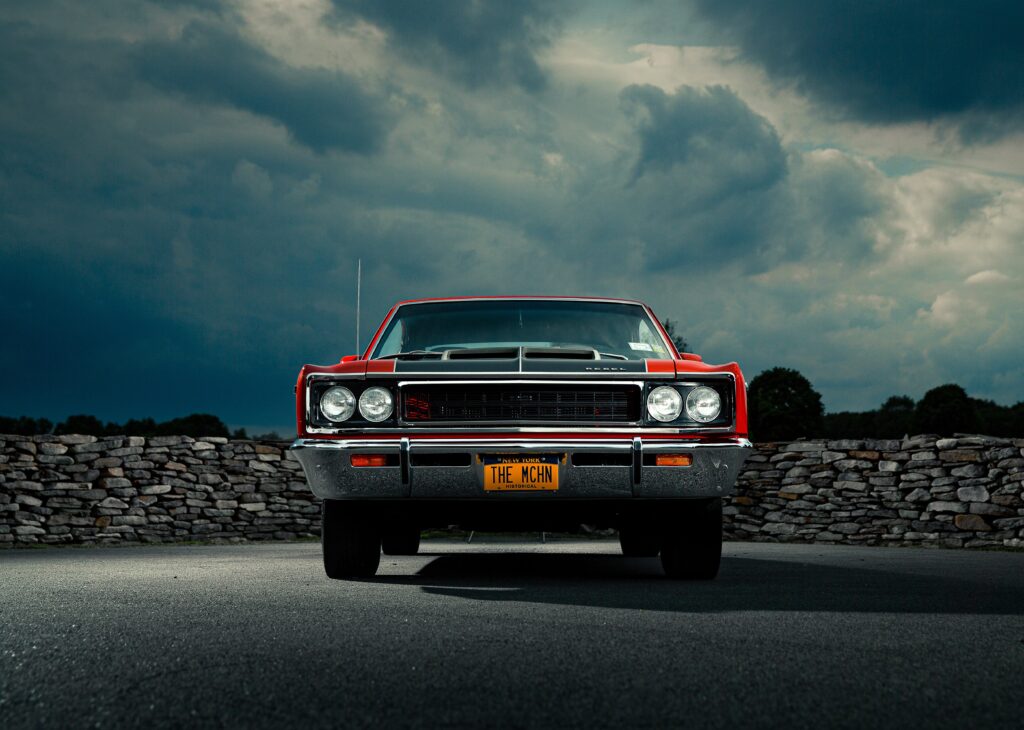
Like most of our readers I can remember my first car, where I bought it, the first time I drove it, what color it was and what options it had. My first car was a new 1967 Rambler Rebel SST. It was Hialeah yellow and had a black vinyl roof. And, like many of our readers, I wish I still had my first car.
The 1967 Rambler Rebel replaced the mid-size Rambler Classic. It was a completely redesigned car and by appearance was American Motors introduction into the “muscle car” market. American Motors new chairman and CEO, Roy Chapin Jr., wanted to change AMC’s image and to that end introduced a new line of engines that included a 290 ci and a 343ci V8. Overall the Rebel was a new car with a new design and competitive performance. But “Rambler” and “Muscle” remained a contradiction in terms and in 1968 the Rambler moniker was dropped, and the new identity was the AMC Rebel.
I’ve owned more cars than I can count since my Rebel SST and it wasn’t until the fall of 2017 while attending the Boonville Fall Finale car show that I was stopped dead in my tracks and all the fond memories of my first car went racing through my head as I spotted a Rebel Machine.
The Rebel Machine was developed through a partnership between Hurst Performance and American Motors Corporation. Hurst was involved only in the development stage and not with the actual production. Building on the success and positive press of the SC/Rambler or “Scrambler” as it was known, the Rebel Machine was built to be a competitor in the muscle car category. Only 1,936 (according to AMC) Rebel Machines were built in its one year of production.

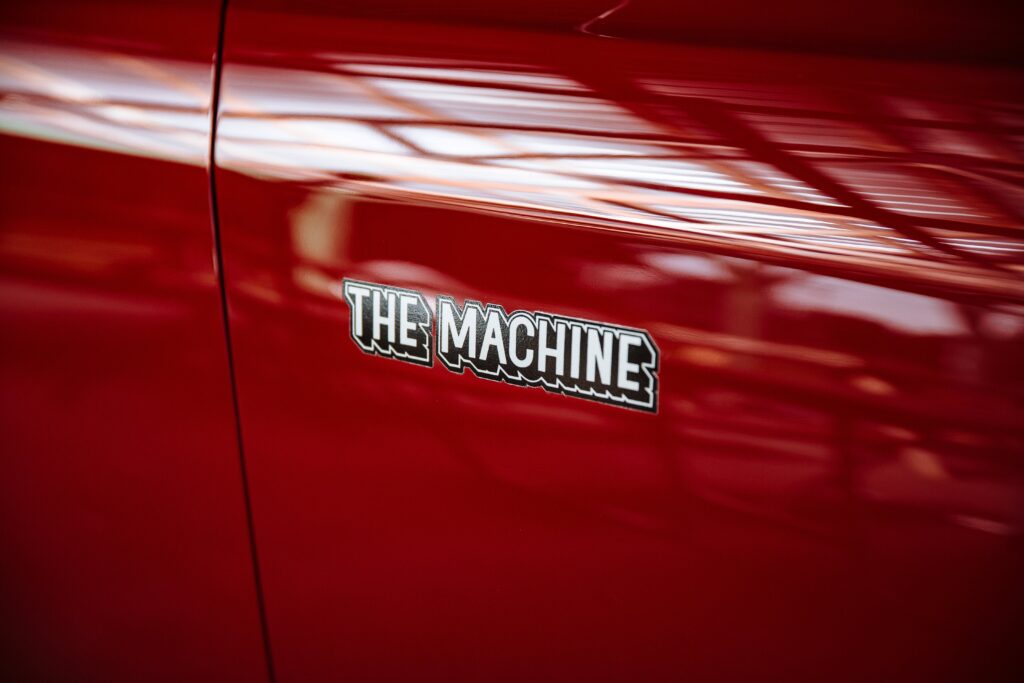
The engine for the Machine was the most powerful ever offered by AMC. AMC’s 390 ci V8 was boosted from 325 hp to 340 hp with special heads, cam and redesigned intake and exhaust. A 690–cfm Motorcraft 4 – barrel carburetor was used. As part of a cold air package a large rubber gasket was used to seal the air cleaner assembly to the hood. The large ram-air intake hood scoop with a tachometer visible to the driver identified the Machine as a serious player.
Buyers could choose a Borg-Warner T-10 four speed manual with a Hurst shifter or a three-speed automatic with a console lever. A Dana Twin-Grip limited-slip unit and a 3.90:1 differential could be had to supplement the standard 3.54:1 manual and 3.15:1 automatic rear-end ratios. The new configuration could achieve 0-60 mph in 6.4 seconds and hit a top speed of 127 mph, not too shabby in its day.
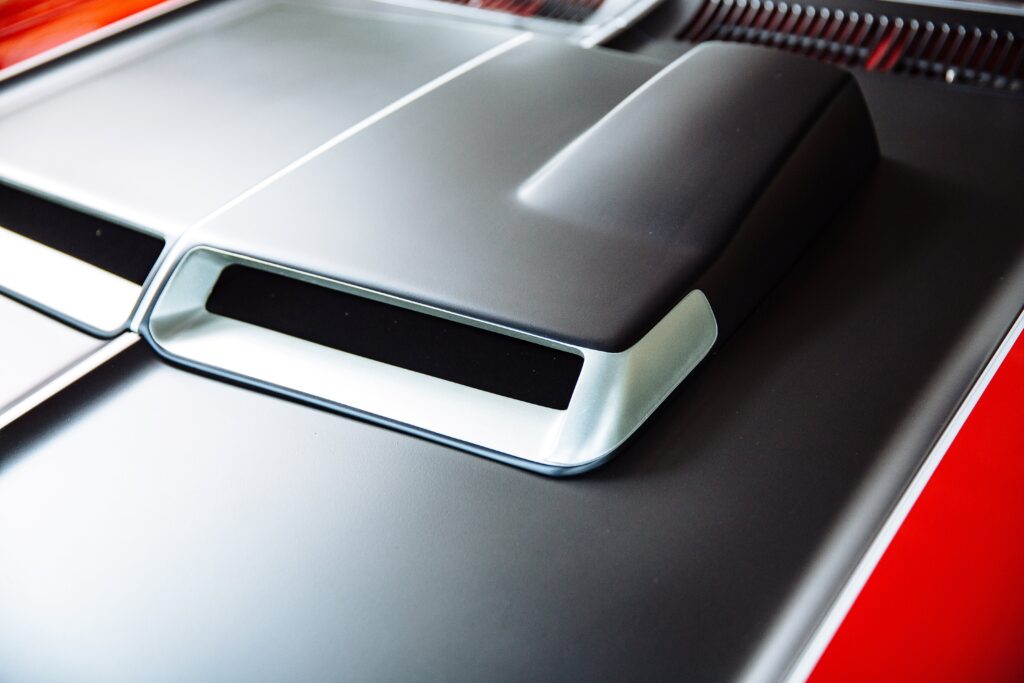
I approached the owners of the Machine, Pat and Lori O’Connor, to learn more about their car. Their 32-year journey to bring this showstopper back to life is a fascinating story, one that I wanted to share with Apex readers.

In 1983, while engaged to be married, Pat and Lori went looking for a car that they could use as a daily driver and came across a Rebel Machine, a car they knew nothing about. The car was rough and had body filler around the wheel wells and dull paintalong with a cracked windshield. The interior was ok with just a couple of rips in the seat and some cracks in the dash. The odometer showed 76,000 miles. A test drive revealed oil puffing through the breather tube but the owner showed them receipts for a recent motor rebuild.
Patrick made a few phone calls to learn a little more about the car and realized that the Machine was something special. Despite discouragement from both of their fathers they purchased the car, knowing it wasn’t a very practical decision.
When they got married in August of ’83 they took the Rebel (and a case of oil) on a 2 week honeymoon trip through the North Country and into Canada. The Rebel became Patrick’s daily driver from May through October of ’83 and was taken off the road for the winter. In the spring of ’84 they pulled the motor, the original 390 ci V8, to begin a rebuild. The block was degreased and magnafluxed, cylinders were bored .30 over, heads were shaved and received a valve job and valve seals. UAP Engine Rebuilders of Utica did the machine work while Patrick and his brother Butch reassembled the motor. With the cam replaced, new lifters, pushrods, rod and crank bearings, timing chain and gears, and oil pump kit, the rebuild was complete. With the family growing and life’s obligations changing, any additional restoration work had to be put on the back burner.
In 1996, 13 years from the last time the car was driven, Pat and Lori decided to do a low budget restoration that consisted of a little body filler and a cheap paint job. Some mechanical work was done and the Rebel was on the road again.
A body repair in 2013 turned into a nightmare when the work performed was so bad that Lori actually cried. But because of this unfortunate development they decided it was time to do it right and in 2014 they pulled the engine and transmission, stripped the trim, gutted the interior and took the shell to Brown’s Metal Mod in Port Leyden.
With the car stripped, they found the rockers and floor pans rotted, the wheel wells in need of patching and other damaged panels. As no panels were available, Brown’s Metal Mods had to fabricate everything, and they did a fabulous job. Brown’s also restored the Machine rims, a unique feature, using the rim that was on the spare to replicate the original finish. A flawless paint job of the original Matador Red (only 30 were produced in Matador Red, the first 1000 were painted in AMC’s signature Red, White and Blue graphics) completed the rolling shell.
While the body was at Brown’s, Pat, along with Butch and Pat’s friend Bob, rebuilt the drive train restoring it to its original 1970 specs; a 390 ci 340 hp V8 with the original Borg-Warner T-10 4 speed manual, w Hurst shift and a 3.54:1 differential. Pat and Bob also restored the dash which was faded and had cracked. Legendary Interiors replicated the original style seat covers. The bumpers were sent to Keystone/Goodmark Plating in Minnesota.
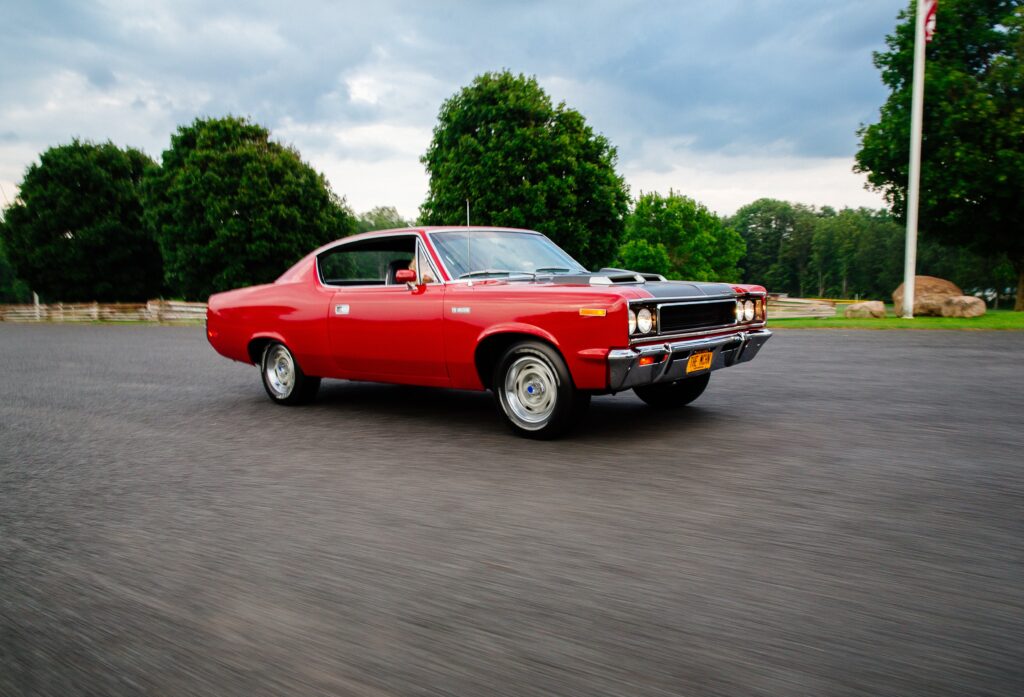
Space does not allow for more detail on the rebuild but as you view the pictures of this amazing rare AMC Rebel Machine keep in mind that this is Pat and Lori’s first and only restoration. Along with Pat’s brother Butch, neighbor Barry and friends Bob and Ray the car was reassembled in eleven months consuming every weeknight and weekend of their time.
In August of 2016, Pat and Lori attended their first American Motors Owners Association show in Farmington, CT. At the awards banquet they won First in Class Gold Award, Best in Show and People’s Choice Award. Then it was on to the Syracuse Nationals winning a Designers Dozen Award. Since then the awards are too numerous to mention and there are undoubtedly many more to come.

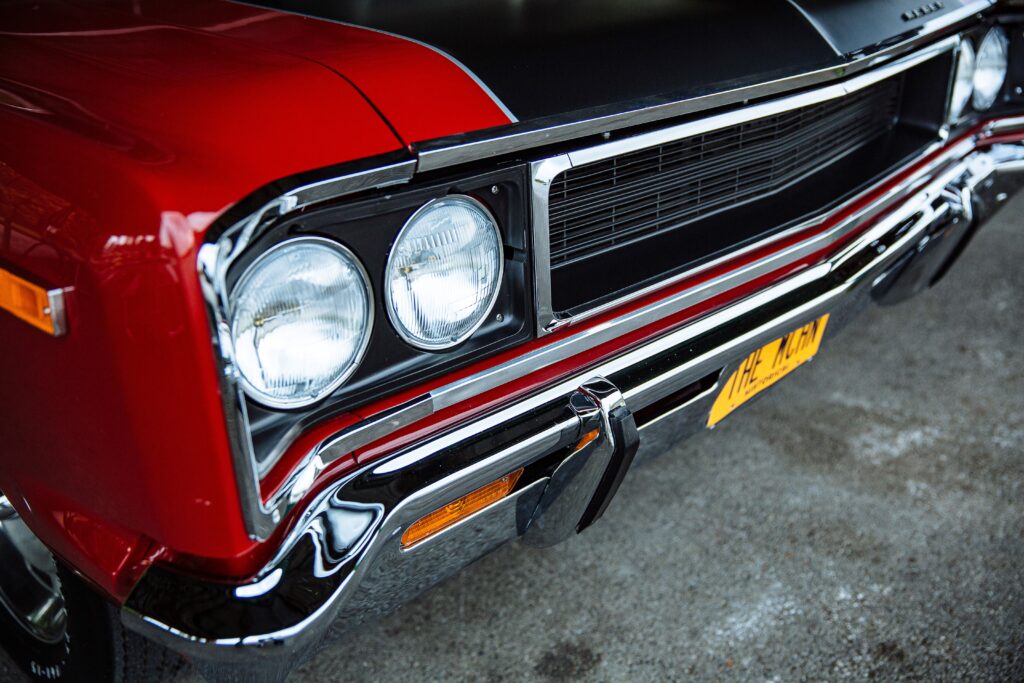
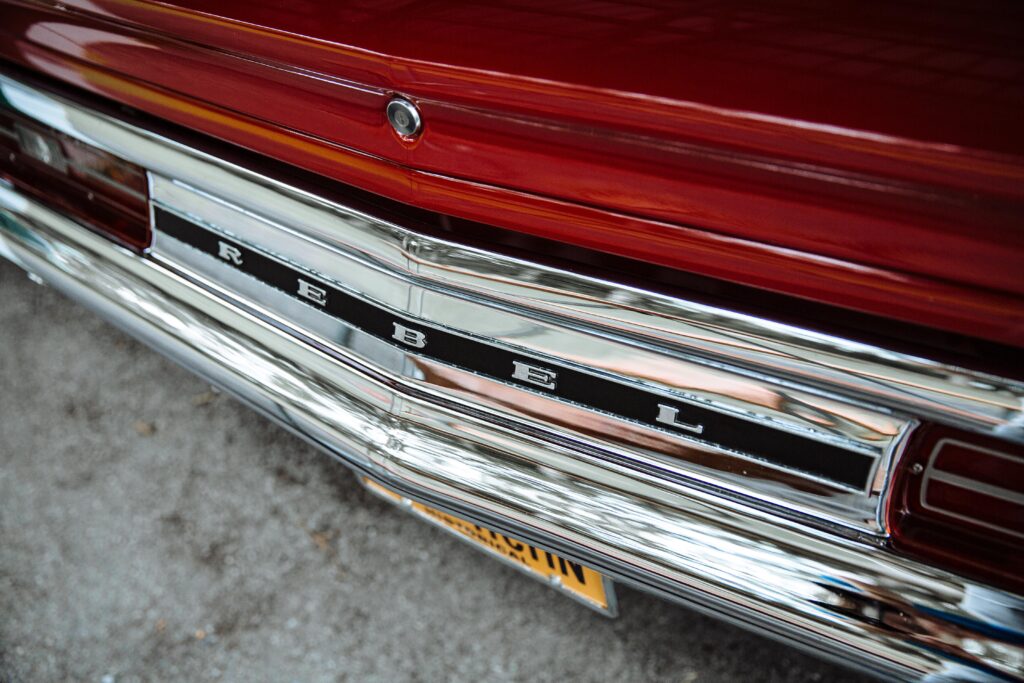
Note: This article appeared in the 2019 Fall issue of Apex Automotive Magazine, which was the last print issue of the magazine. Article uploaded by Bob Sblendorio in April of 2025.
